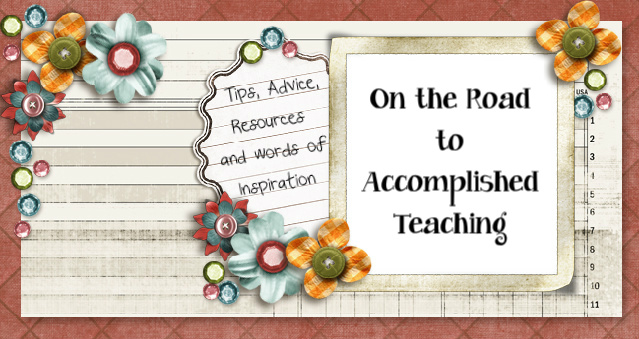Why are some students so quiet during classroom discussions?
Could it be because...
- They don’t have a clue about what to say
- They are intimidated about the process
- They don’t want to be judged by their peers
And then, with other students, it’s the exact opposite.
These students are surly, abrupt and abrasive. They intimidate their classmates, are judgmental in their comments and stifle discussions. Our fast paced and technology driven lifestyles have given our children very little practice in how to have rich and productive conversation. With texting and tweeting encouraging us to be curt and abrupt, it's a wonder that any of us can carry on an appropriate conversation anywhere - especially in the classroom.
There’s a way to help students with conversation skills, and for many students it's a matter of helping them learn how to communicate more effectively. This can be done by providing them with examples of appropriate conversation, role
playing, and practicing conversations.
This is not a unique idea that I thought up (although
I wish I had!) On one of my visits to support a teacher, I visited someone (Thanks, Katty F. from the Bronx!) who used this strategy in her classroom – a classroom of
active, urban 5th graders.
Her students who could be a rambunctious group during the day, were able
to have conversations that were fruitful, sincere and classroom appropriate.
Their reactions to each other were thoughtful, measured and polite. I was
puzzled, until I spoke with her. Katty told me about
accountable talk, a concept foreign to me (quite the veteran teacher). She then
showed me the posters on the wall that she used to remind her students about what to say,
when to say it and how to say it. To give a clearer idea of what accountable
talk is, here is a quote that I found on Mrs.Ballard’s homepage. It defines the basis of accountable talk: (http://asfms.net/sevenb/ballard_c/Template/accountabletalk.html)
"Whatever its form--whole class discussion,
small group work, peer or teacher conferences, interviews--talk should be
accountable to the learning community, to knowledge and standards
of evidence that are appropriate to the subject, and to generally accepted standards
of reasoning.”
I’m all for offering the students a posted “conversation
template.” This is simply a poster that includes sentence starters for amenable conversation. Each group of starters has a heading so that the starters
are used appropriately. The poster can be posted on the wall, or there can be individual mini-posters placed on each students' desk. Here is an
idea of what can be included in different posters and presented in the
classroom:
When We Ask Questions
in Class:
§
What did
you mean when you said__________?
§
Do you
think that___________?
§
I don’t
understand ______________?
§
Could you
please repeat that sentence/question?
When We Make Comments
in Class:
§
I agree
with what you said because________________
§
I
understand what you said, but I think that _______________
§
I respectfully
disagree because______________________
§
That’s a
great way to ____________________
§ That’s a
good idea because____________________
Queen Bee
What's teaching without homework?
Please share your creative ways to stimulate productive conversation in your classroom.
T This idea for using accountable talk is worth a try, and may help students create a language for learning that helps them contribute more in class and enhances your ability to foster discourse in your classroom.
Queen Bee
What's teaching without homework?
Please share your creative ways to stimulate productive conversation in your classroom.


2 comments:
I actually use online discussion platforms to encourage ALL students to get in on the conversation. I love the prompts that you have provided here to ensure civil discourse. Check out the SCAN discussion tool at www.tregoed.org. Great blog.
Thanks for the comments, and thanks for the link to trego ed. I found a great discussion tool there!
Post a Comment